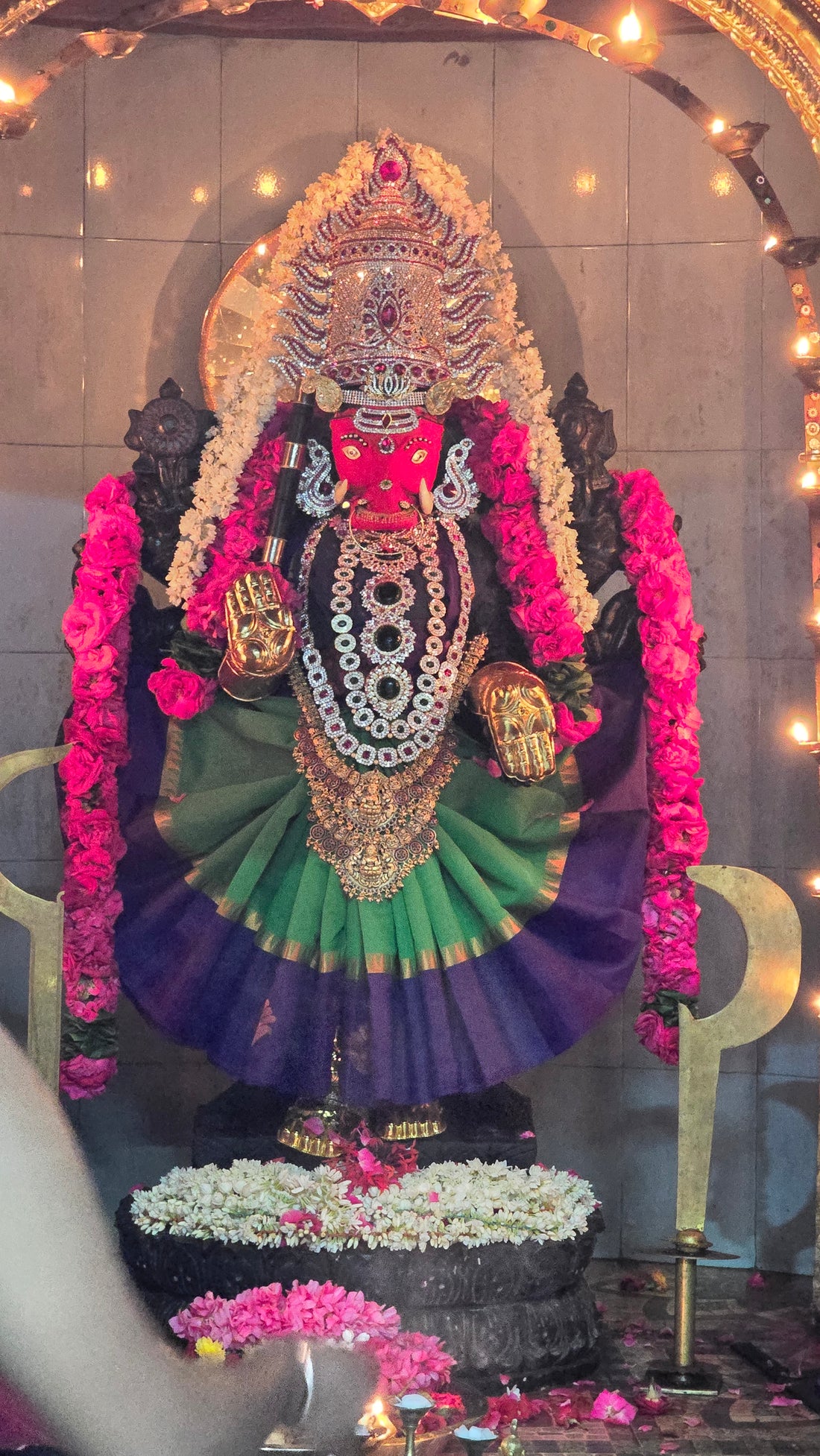Why Varahi Amman Has a Pig Face: Unveiling the Divine Symbolism
Varahi Amman, also revered as Varahi Devi, is a Hindu goddess known for her fierce and protective nature. She is often depicted with the head of a boar or sow, a unique feature that has deep symbolic significance in Hindu mythology. The name "Varahi" translates to "female boar," representing her power and determination to vanquish obstacles and enemies.
The Significance of Varahi Amman's Boar Face
The boar face of Varahi Amman symbolizes fearlessness and readiness to confront evil. In Hindu tradition, animals often represent various qualities and attributes. The boar, with its strength and courage, is a fitting symbol for a goddess who embodies these virtues. Varahi Amman’s boar face signifies her unyielding determination to protect her devotees and fight against negative forces.
Varahi Amman and Vishnu's Boar Avatar
Varahi Amman is the shakti, or feminine energy, of Varaha, the boar avatar of Lord Vishnu. According to Hindu legend, when the demon Hiranyaksha dragged the earth to the bottom of the sea, Vishnu incarnated as a boar to rescue it. Varahi Amman is believed to have motivated Varaha in his mission to lift the earth on his face, demonstrating her crucial role in this divine act. This connection to Varaha further emphasizes her protective and nurturing aspects.
Iconography of Varahi Amman
Typically depicted with multiple arms, usually six, Varahi Amman holds various weapons and symbolic objects, such as a trident, sword, mace, and discus. These items signify her multifaceted abilities to protect and fight against evil. Her boar face, combined with these weapons, portrays her as a formidable force against negativity. She is also one of the Sapta Matrikas (seven mother goddesses) or Ashtamatrikas (eight mother goddesses), further highlighting her importance in Hindu mythology.
Devotional Practices and Worship
ShriGuru.Vamanan Seshadri has provided extensive details and videos on Varahi Amman, offering devotees deeper insights into her worship and significance. He regularly visits the Ashtabuja Aishwarya Varahi Amman temple in Pattabhiram, Chennai, and conducts Varahi Homa on every Theipirai Panchami, a particularly powerful day for worshipping Varahi Amman. His devotion is evident in his composition of the unique 'Varahi Saranam,' a 108-sarana gosham to Varahi Amman, sung in his own voice.
Varahi Homa and Theipirai Panchami
The Varahi Homa, conducted on Theipirai Panchami, is a significant ritual dedicated to Varahi Amman. This day is considered exceptionally auspicious for invoking the goddess's blessings and protection. ShriGuru.Vamanan Seshadri’s efforts in organizing these homas have made it accessible for many devotees to participate in this powerful form of worship.
The depiction of Varahi Amman with a boar face is rich with symbolism, representing her strength, courage, and protective nature. Her unique appearance underscores her role as a formidable goddess capable of confronting and overcoming evil. Through the teachings and devotional practices shared by ShriGuru.Vamanan Seshadri, the worship of Varahi Amman has gained greater prominence, allowing more people to connect with her divine energy and seek her blessings.
By understanding the significance of Varahi Amman's boar face, devotees can appreciate her unique attributes and draw inspiration from her strength and resilience. Embracing the power and protection of Varahi Amman, they can find the courage to face their challenges and the strength to overcome any obstacles in their path.

